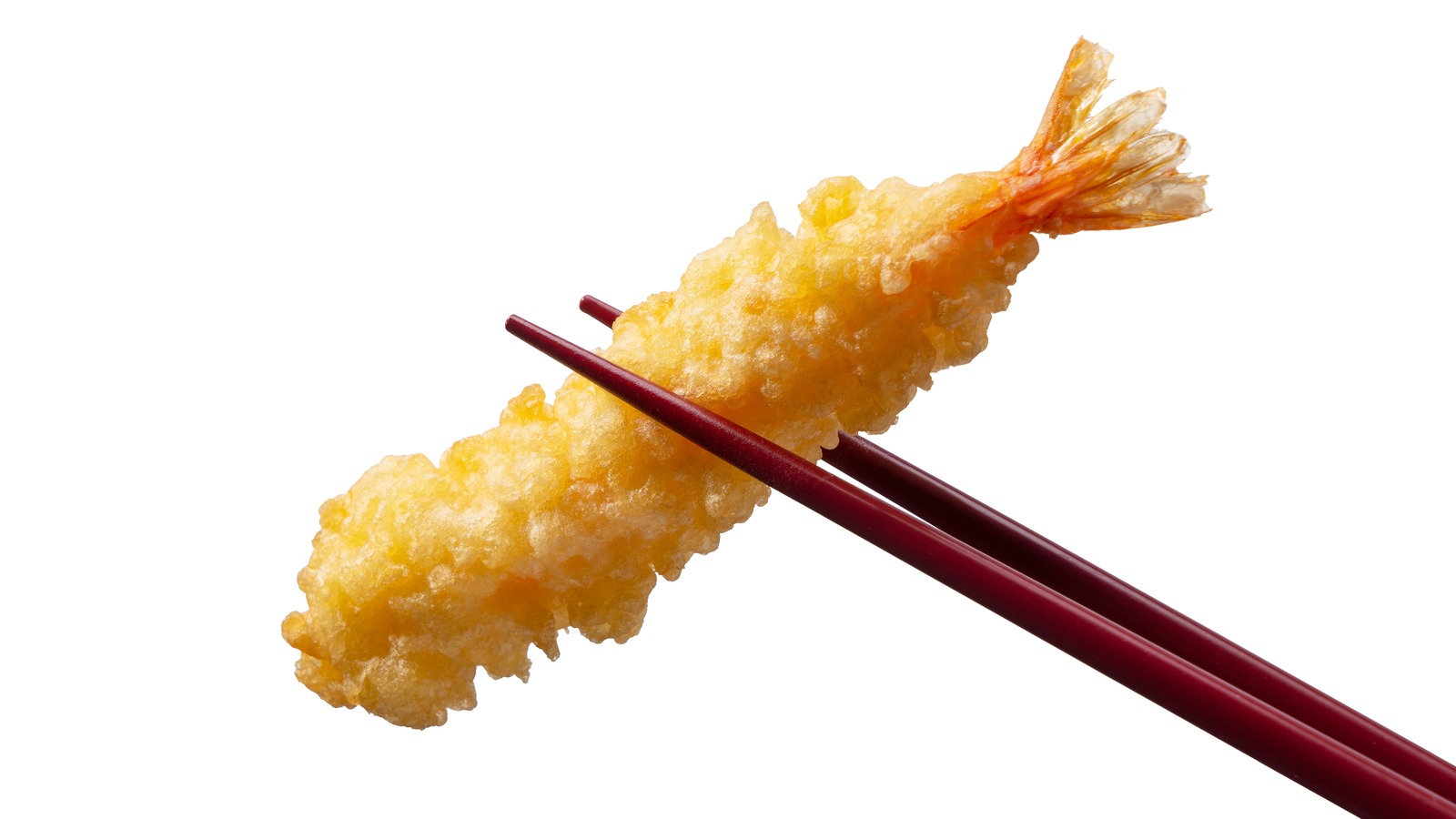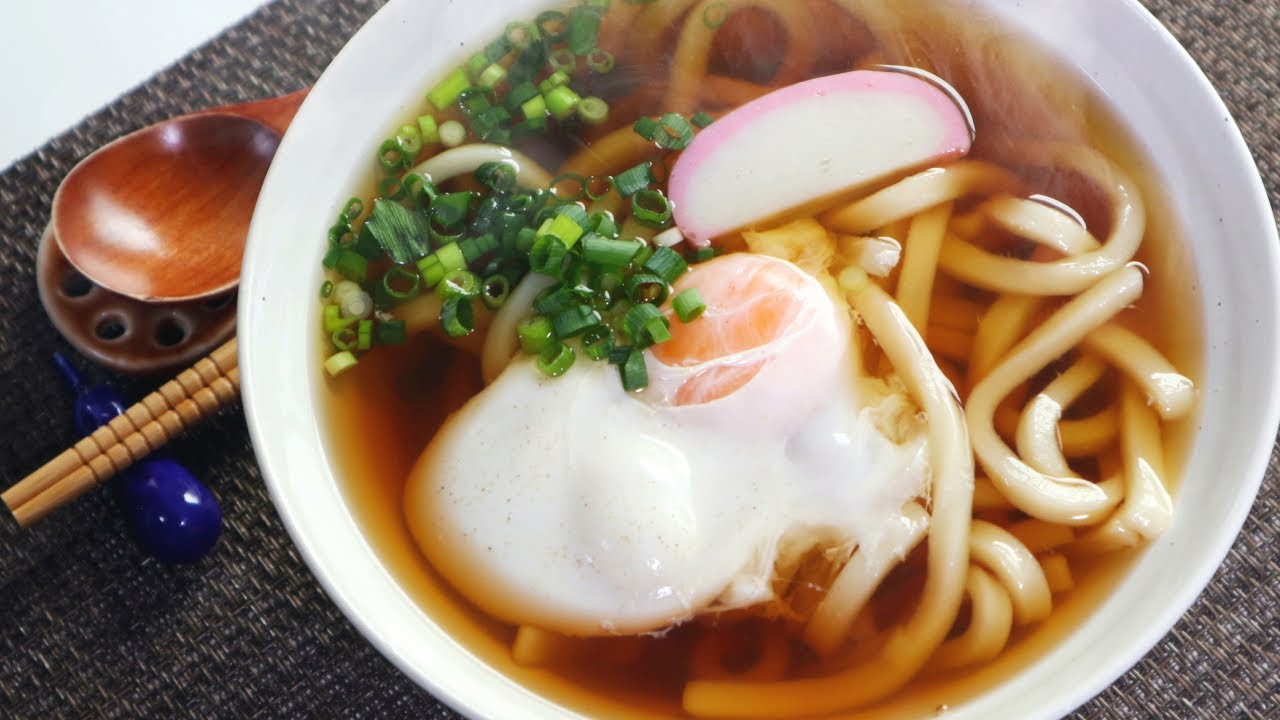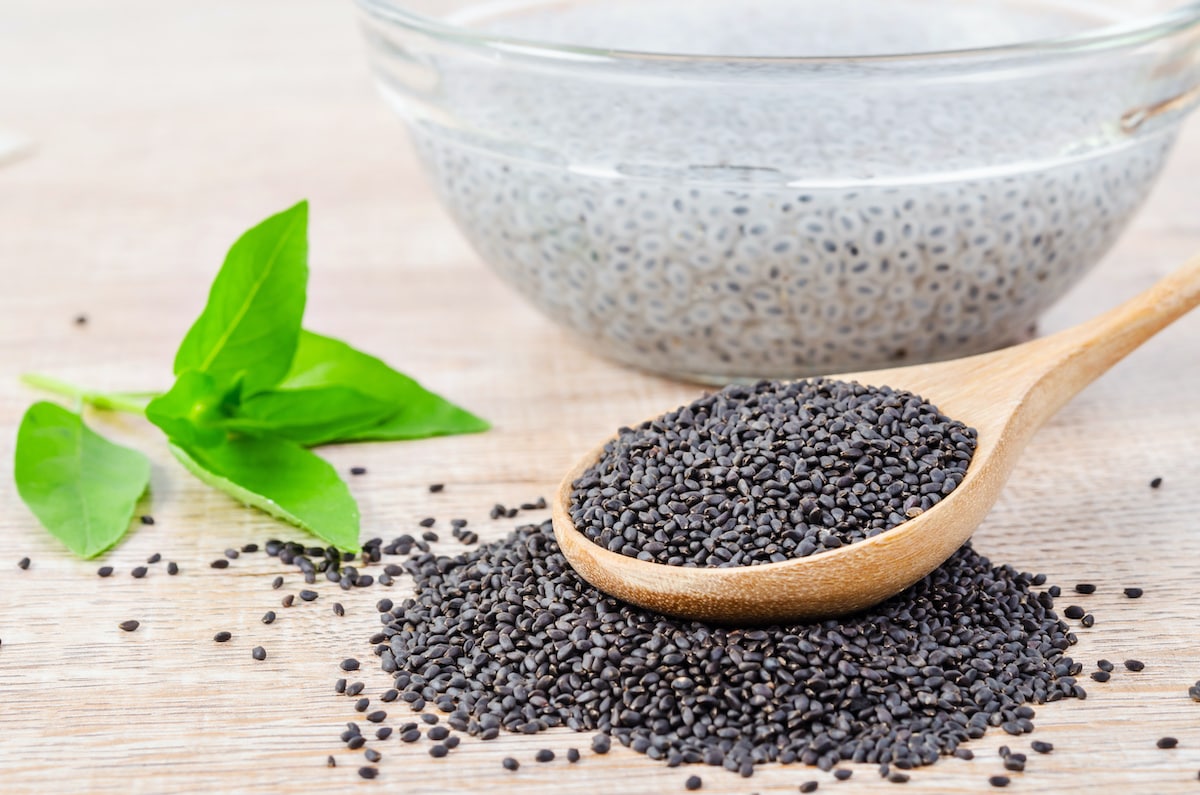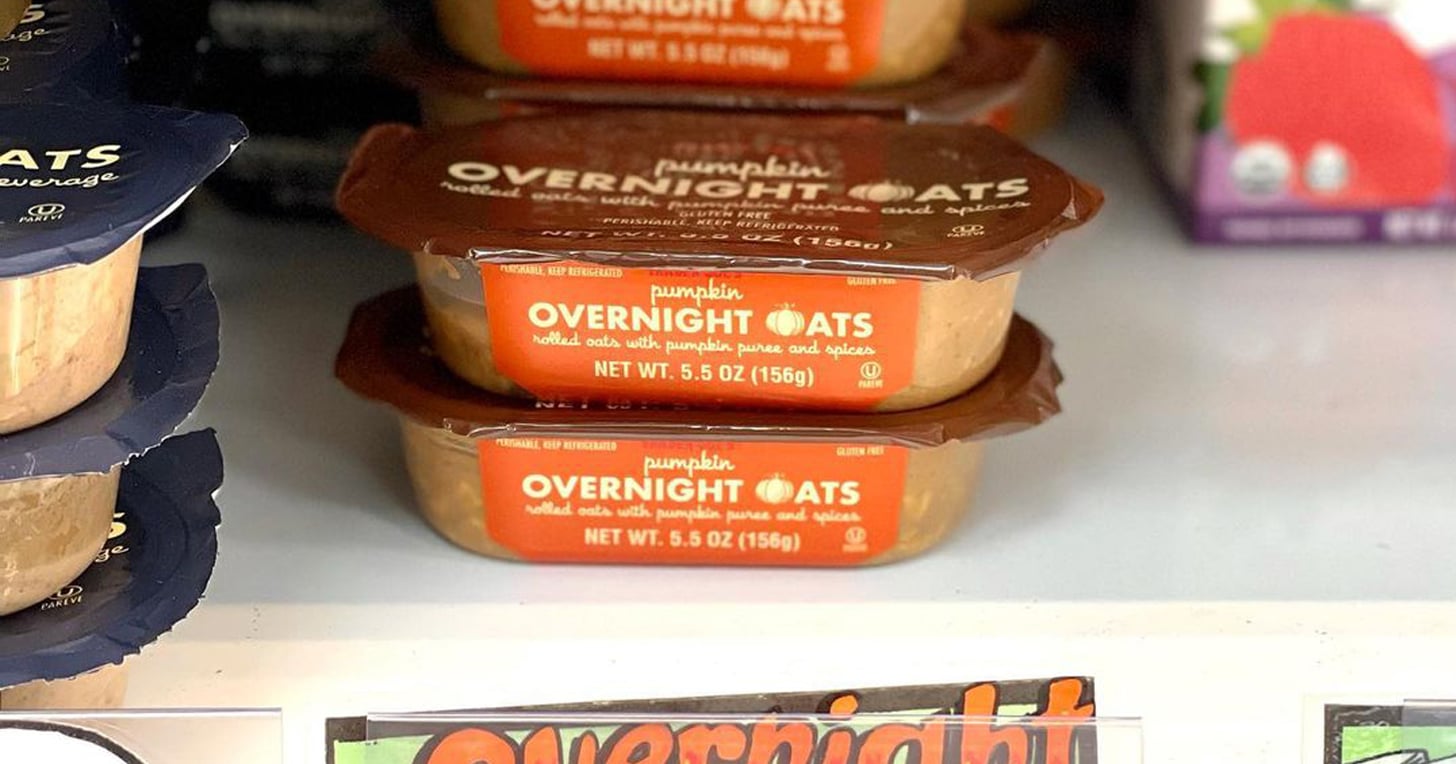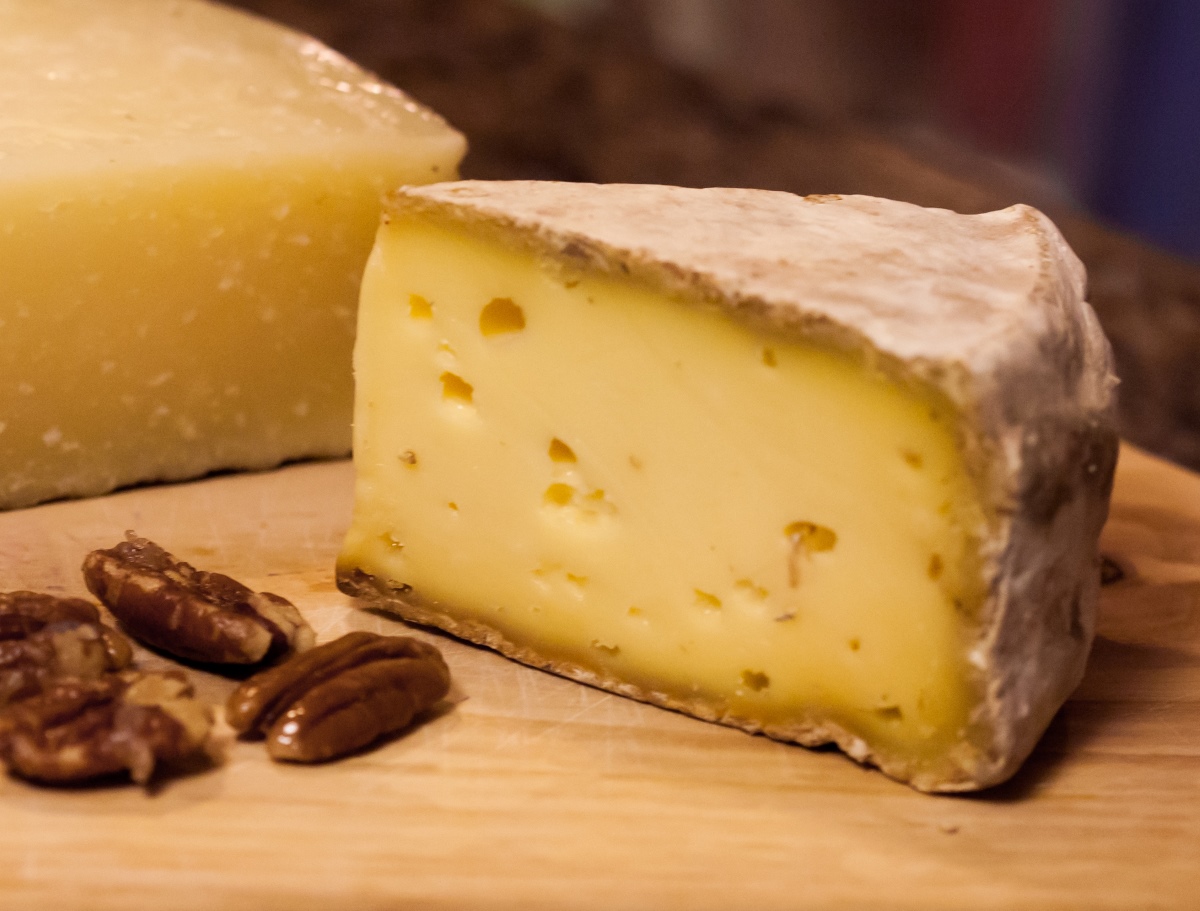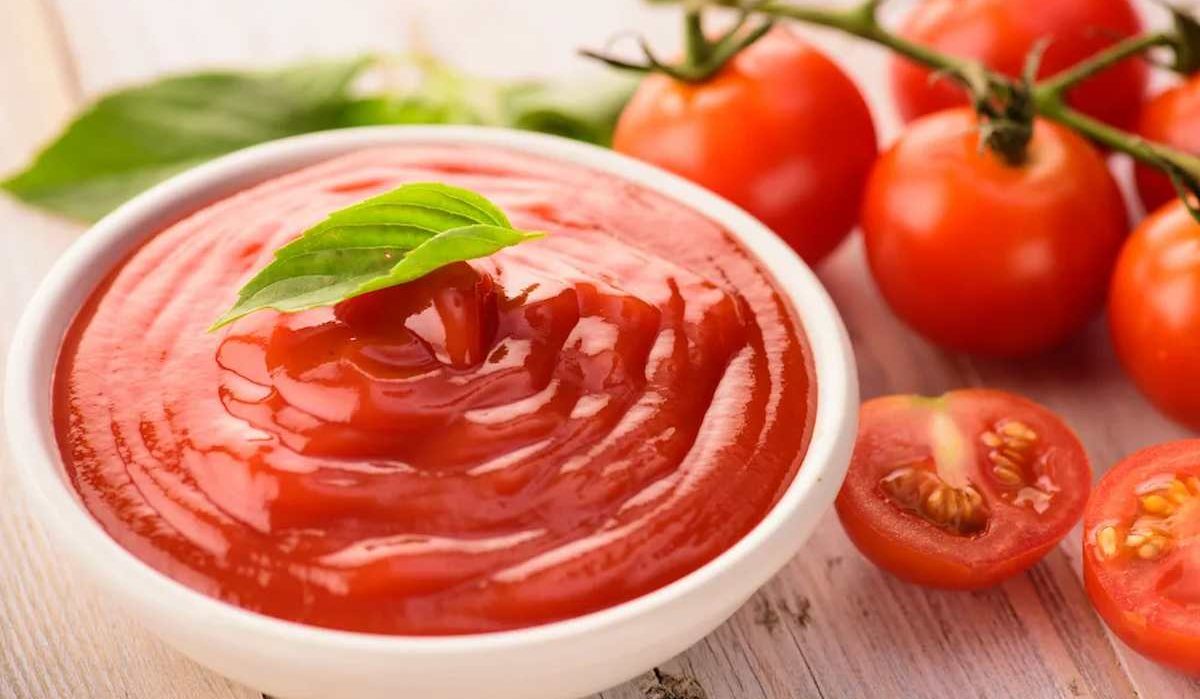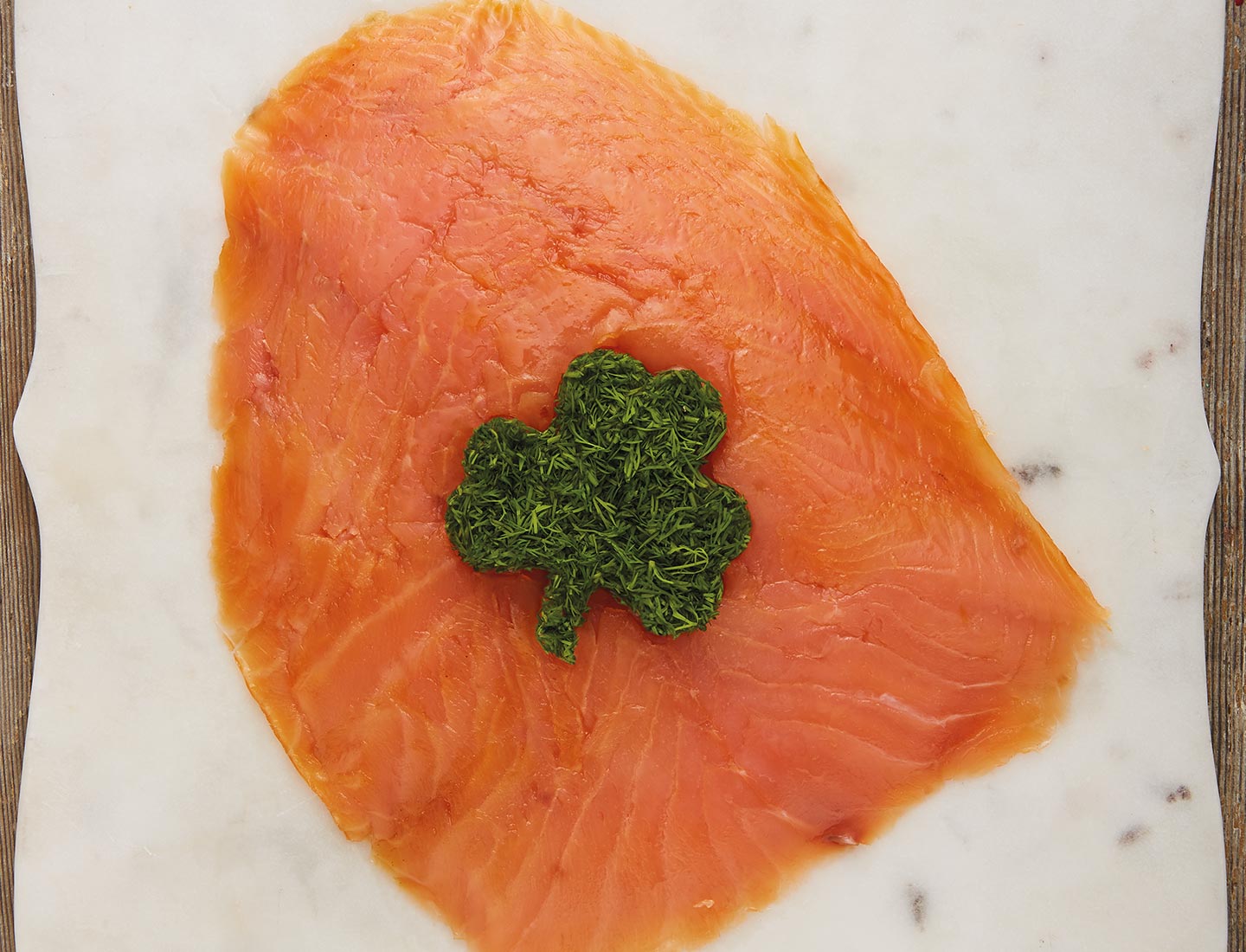What Are Turkey Tail Mushrooms?
Turkey tail mushrooms, also known as Trametes versicolor, are a type of fungus that grows on dead and fallen trees. They are named for their colorful, fan-shaped caps that resemble the tail feathers of a turkey. These mushrooms are commonly found in wooded areas across North America, Europe, and Asia.
Nutritional Benefits of Turkey Tail Mushrooms
Turkey tail mushrooms are rich in nutrients and have been used for centuries in traditional Chinese and Japanese medicine for their potential health benefits. Some of the key nutritional benefits of turkey tail mushrooms include:
- Antioxidants: Turkey tail mushrooms contain powerful antioxidants, such as polysaccharide-K (PSK) and polysaccharide-peptide (PSP), which may help protect the body from oxidative stress.
- Immune Support: The beta-glucans found in turkey tail mushrooms have been studied for their potential immune-boosting properties.
- Digestive Health: The prebiotic fibers in turkey tail mushrooms may support gut health and digestion.
- Anti-Inflammatory Compounds: Some research suggests that turkey tail mushrooms may have anti-inflammatory effects, which could benefit overall health.
How to Incorporate Turkey Tail Mushrooms into Your Diet
While turkey tail mushrooms are not typically consumed as a standalone food, they can be incorporated into various dishes and beverages to reap their potential health benefits. Here are some creative ways to enjoy turkey tail mushrooms:
- Tea: Turkey tail mushrooms can be dried and brewed into a nourishing tea. Simply steep the dried mushrooms in hot water for a soothing and immune-supporting beverage.
- Soup: Add sliced or powdered turkey tail mushrooms to soups and broths for a flavorful and nutritious boost.
- Tinctures: Turkey tail mushrooms can be used to create tinctures or extracts that can be added to smoothies or taken as a dietary supplement.
- Capsules: For those who prefer a convenient option, turkey tail mushroom supplements are available in capsule form for easy consumption.
Important Considerations
When incorporating turkey tail mushrooms into your diet, it’s essential to source them from reputable suppliers and ensure they are properly prepared for consumption. Additionally, individuals with allergies or sensitivities to mushrooms should exercise caution and consult with a healthcare professional before adding turkey tail mushrooms to their diet.
Conclusion
Turkey tail mushrooms offer a wealth of potential health benefits and can be a valuable addition to a balanced diet. Whether enjoyed in a comforting tea or added to savory soups, these vibrant fungi provide a unique way to support overall well-being. As with any dietary change, it’s important to approach the consumption of turkey tail mushrooms mindfully and with awareness of individual health considerations.


